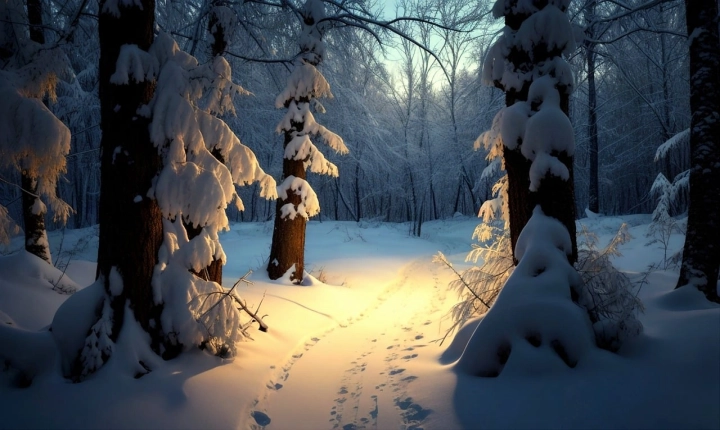Title: How to Train AI to Make Art
Artificial intelligence (AI) has made significant advancements in recent years, and its potential in the field of art creation is beginning to be realized. From generating paintings and sculptures to composing music and writing poetry, AI is increasingly being utilized as a tool for creative expression. In this article, we will explore the process of training AI to make art and the implications of this technology on the art world.
Step 1: Data Collection
The first step in training AI to make art is to gather a large and diverse dataset of existing artworks. This dataset will serve as the foundation for the AI to learn from and understand the various styles, techniques, and genres of art. The dataset may include images of paintings, sketches, sculptures, and other visual art forms, as well as accompanying metadata such as artist information, art movements, and historical context.
Step 2: Preprocessing and Feature Extraction
Once the dataset has been assembled, it needs to be preprocessed and the relevant features extracted. This involves tasks such as image analysis, object recognition, and style classification. By extracting the key features and characteristics of the artworks, the AI can begin to understand the underlying patterns and structures within the art.
Step 3: Algorithm Training
The next step is to train the AI using machine learning algorithms, such as convolutional neural networks (CNNs) and generative adversarial networks (GANs). Through iterative training, the AI learns to recognize patterns, generate new content, and improve its ability to create art. The training process involves feeding the AI with the preprocessed dataset and adjusting the model parameters to optimize its performance.
Step 4: Creative Exploration
Once the AI has been trained, it can start to generate new artworks based on the learned patterns and styles. AI art generation can take various forms, from creating digital paintings and sculptures to generating novel combinations of artistic elements. Artists and researchers can explore the capabilities of AI-generated art and experiment with different inputs and parameters to produce unique and visually striking creations.
Implications for the Art World
The emergence of AI-generated art raises thought-provoking questions about the nature of creativity, authorship, and originality. As AI becomes more adept at creating art, it challenges traditional notions of what constitutes artistic expression and raises ethical concerns about the role of technology in the creative process.
Furthermore, AI-generated art has the potential to democratize artistic production and provide new avenues for creative expression. Artists can collaborate with AI as a creative partner, leveraging its capabilities to explore new artistic territories and push the boundaries of traditional art forms.
Conclusion
Training AI to make art represents a fascinating intersection of technology and creativity. As AI continues to evolve, it will undoubtedly influence the landscape of art creation and pave the way for new forms of artistic expression. While the role of AI in art may be met with skepticism or resistance, its potential to inspire and challenge our perceptions of art is an exciting prospect for the future of creativity.
In summary, training AI to make art involves data collection, preprocessing, algorithm training, and creative exploration. The implications of AI-generated art are far-reaching and may reshape the way we perceive and engage with artistic expression. As AI continues to advance, its impact on art and creativity will be an intriguing area to watch.
